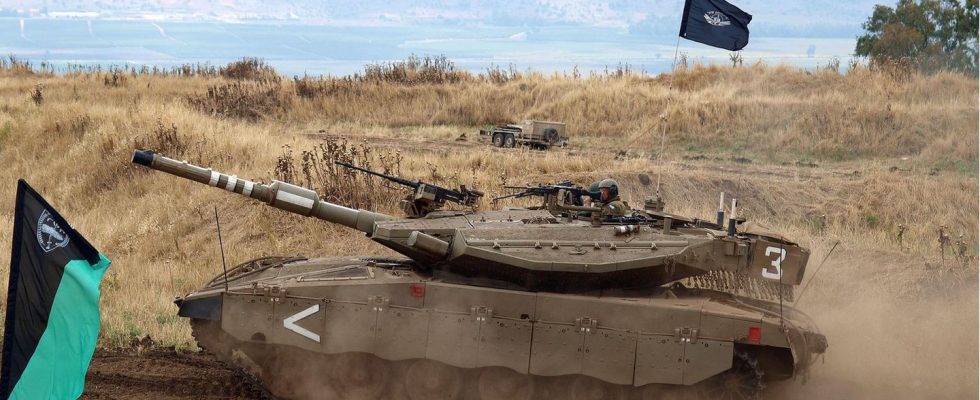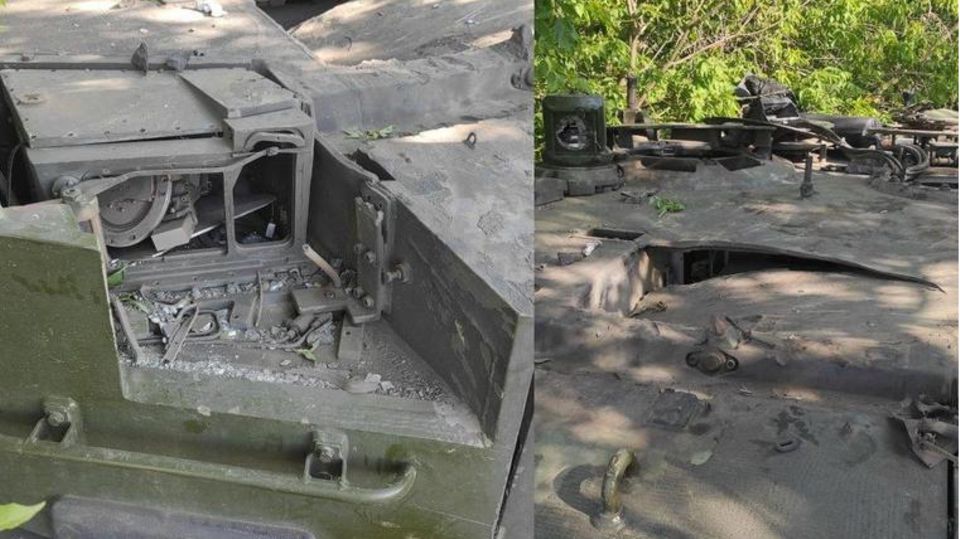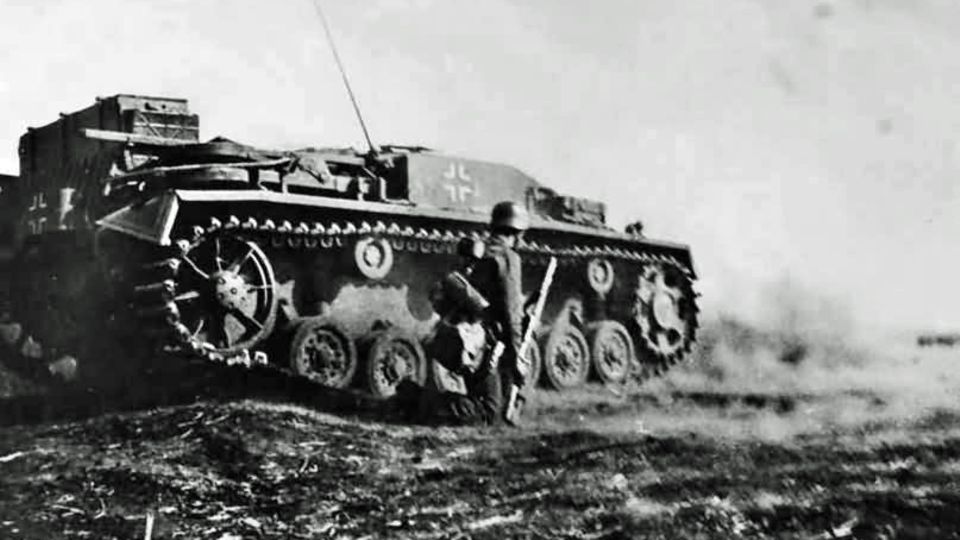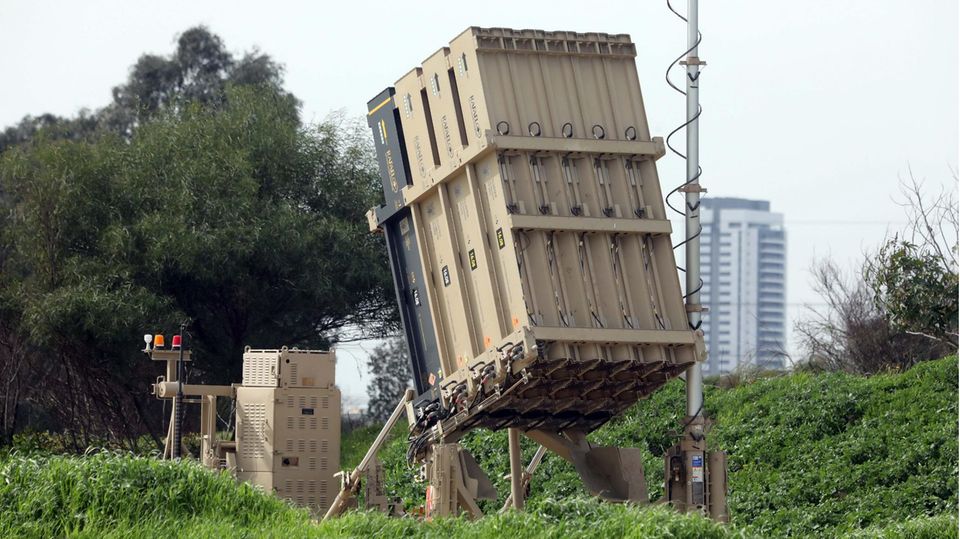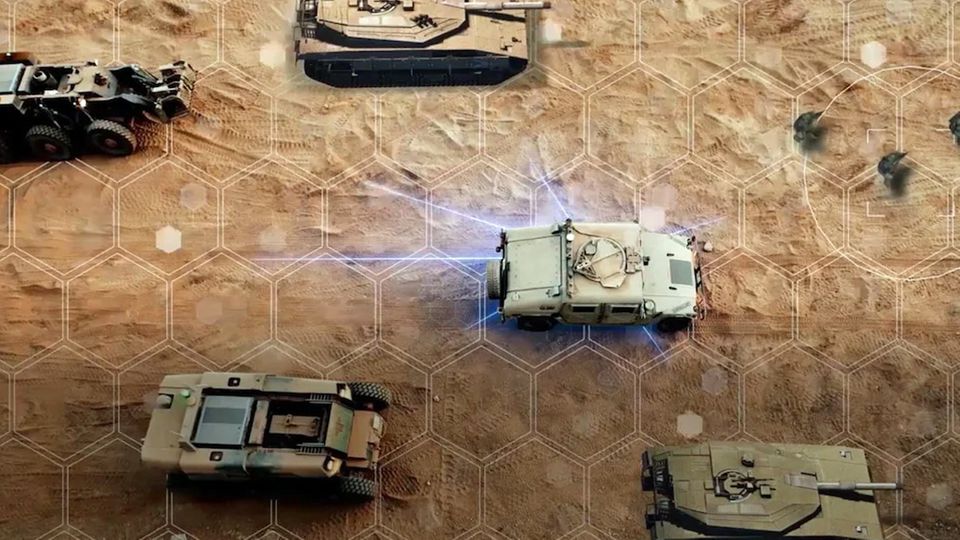Israel wants to export its own Merkava tanks for the first time. Due to one special feature, the Merkava is considered by some experts to be the best tank in the world. There is much to suggest that these heavy battle tanks will end up in Ukraine.
For the first time in its history, Israel wants to sell its Merkava main battle tank. This isn’t just a rumour. The Israeli Defense Ministry has stated that there are “advanced negotiations” on the sale of the Merkava MK ll and MK III. And with two countries that the Israelis did not want to name. It was only known that one of them is in Europe.
If the deal goes through, it could be delivered quickly. Israel has more than 1000 models of these types in a sort of magazine reserve. Even if it was not said, there are many indications that the tanks are intended for Ukraine. The tanks are too old to make a modern army fit for the future. Heavy battle tanks like the Merkava are actually unsuitable for the army of a third world country.
Losing fights
Ukraine, on the other hand, urgently needs the tanks, as well as the stocks of actually obsolete German Leopard 1 tanks. The course of Ukrainian ground operations so far has made it clear that the Ukrainian armed forces are suffering significant losses of armored vehicles. The ideas that the western tanks were virtually indestructible and that they would drive the Russians out of their positions vanished within a few days. So far, Ukraine has deployed only part of the military. It is said that 70 percent of the army would be held back for the big blow. When this blow comes, the losses will also skyrocket. Even if the offensive ends up being a success, it cannot be expected that the war will then come to an end. In short: the equipment of the Ukrainian associations must be replenished by autumn at the latest. So the West must once again provide hundreds of battle tanks, armored personnel carriers and artillery pieces. In this perspective, the Israeli reserve stocks of more than 1000 main battle tanks are very tempting.
Above all safe
Add to that the unique design of the Merkava. The tanks of the Merkava series have been in production since 1978. The fourth generation is now in service and the fifth has been announced. Between the big leaps I, II, III and IV there are modernizations in current production and different modernizations. The Merkava has almost as many gradations as the Leopard 2.
But they all share some distinctive features. Right from the start, the Merkava was one of the heaviest battle tanks in the world at 62 tons. In addition, the I and II series were heavily underpowered and the III series with 1200 hp is not overly powerful either. Series II is also equipped with a 105 mm caliber combat vehicle cannon.
Licensed to the British M68 L7 rifled gun, considered the best gun in the world at the time. Today it is obsolete. The Merkava II, like the Leopard I, will not be able to penetrate the frontal armor of the newer Russian tanks. The Mk III was armed with an Israeli-developed 120mm L44 smoothbore gun.
Throughout the series, more emphasis was placed on crew protection than other tanks. The basic design already shows that. With the Merkava, the engine block is in the front, and the crew is protected by a bulkhead behind the engine. So she should get a chance of surviving even when hit through the front armor. All Merkava tanks have increased anti-mine protection, although the older ones are up to date.
The crew sits in the tower. The ammunition is housed behind them. Another special feature is a large hatch in the rear. The whole concept – engine at the front, hatch at the back – is reminiscent of an infantry fighting vehicle.
The only tank with long experience in battle
The Merkava can accommodate additional shooters. You can enter and exit the tank through the bulkhead from the rear. In this way, the wounded can be picked up by the tank. Your own crew can get to safety through the “rear exit” and do not have to force themselves through the exposed hatch at the top. The main purpose of the rear hatch is to quickly refill the tank with ammunition on the battlefield. With all other main battle tanks, the ammunition has to be laboriously brought into the tank through the narrow hatches in the top.
There are also countless small innovations that serve to protect the crew. Israel’s armed forces are constantly deployed, giving Israelis more insight into the real threats of the occupation than a peacetime army.
The high level of protection is a tempting concept, especially for Ukraine. Since the loss of tanks is inevitable in these battles, it becomes all the more important to preserve the crew. However, there are also problems: The Merkava was originally developed for tank combat in the desert. His concept is based on the fact that the tank offers the enemy the forehead, the front. This is often not the case in the confusing combat situations in Ukraine.
On the other hand, it is not surprising that the MK III is far superior to the second series. The engine is more powerful, the III has more powerful composite armor and a better fire control system. If the end customer is Ukraine, then buying the III would be preferable. From Israel’s point of view it is exactly the opposite, the Israeli armed forces would certainly prefer to do without the older model. The protection concept and the large number, which is at least theoretically available, speak in favor of the Merkava. Against him that at least the Series II is obsolete in the role of dueling tank. Considering the soil conditions in the Ukraine, the high weight with manageable power of the engine is not an advantage either.
Every tank counts
Kyiv and Western supporters are in no position to be particularly “picky” today. In the last few days it has been shown that systems that are used close to the front are also lost. And that’s expected on a larger scale, because the Russian counter-defense is far more clever and tougher than anticipated. The inevitable losses can therefore not be replaced either from new Western production or from the active stock of the armies.
So you have to try to buy up the stocks of magazines around the world, get the devices fit, and then send them to the Ukraine. Efforts to persuade Switzerland to exchange a kind of Leopard 2 ring and Jordan’s attempt to acquire more than 60 Cheetah anti-aircraft tanks fit in with this. And of course the large stocks of older Leopard 2 tanks from Turkey and Greece are also interesting.
It may be true that these tanks are not all state-of-the-art, but it doesn’t matter. Russia is also sending older tanks into battle. The original idea when developing all main battle tanks, that armored troops meet in a mobile battle, has not existed in the Ukraine war so far. And even older models can support the infantry as a kind of “assault gun”. The main dangers facing tanks in these battles are mines, artillery hits, kamikaze drones and the like. They’re great levelers, hitting modern tanks almost as much as older models.
annotation: The article is devoted to the technique of the tank. As sensible as the purchase of the tanks appears, this decision would be a radical break with Israel’s previous policy. Because of Moscow’s influence in Syria and the ties of part of the population to Russia, the government has so far avoided such partisanship in the war.

